

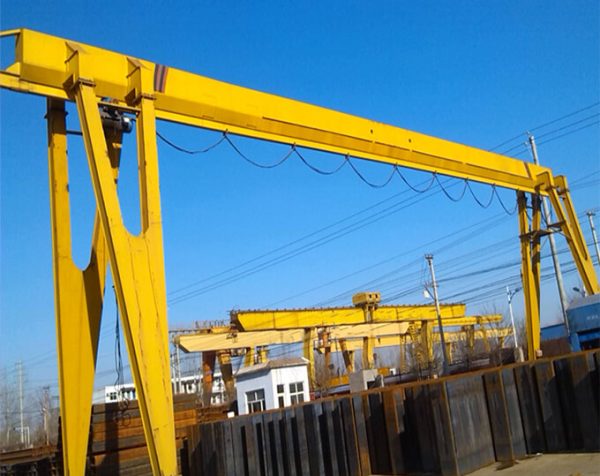
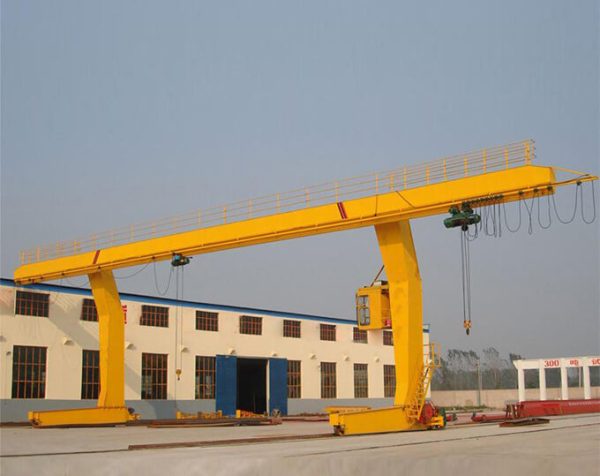
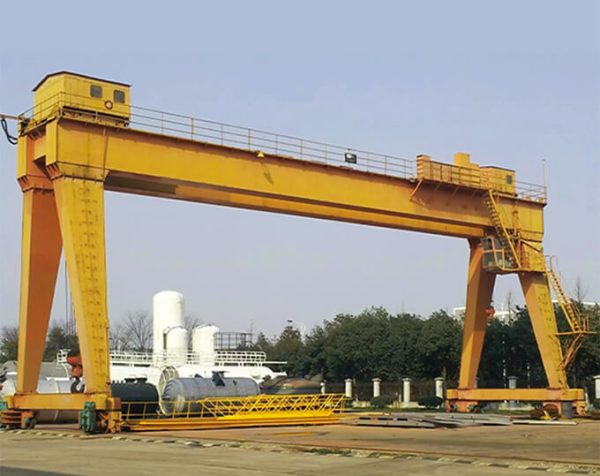
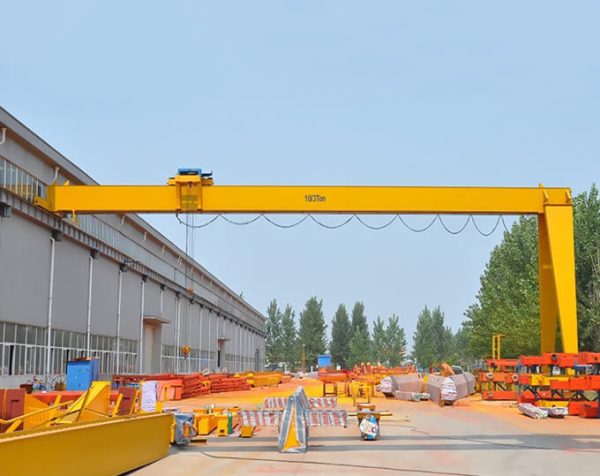
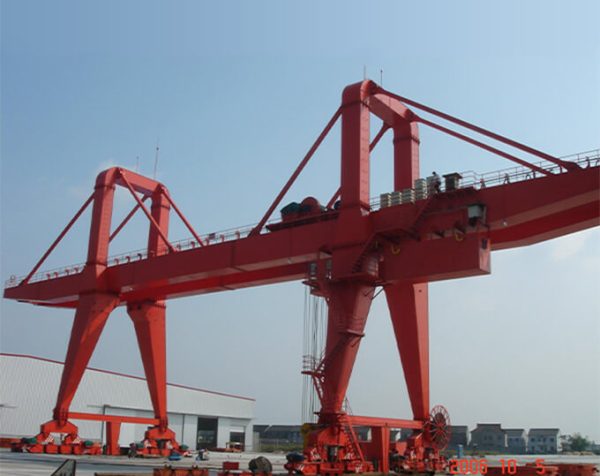
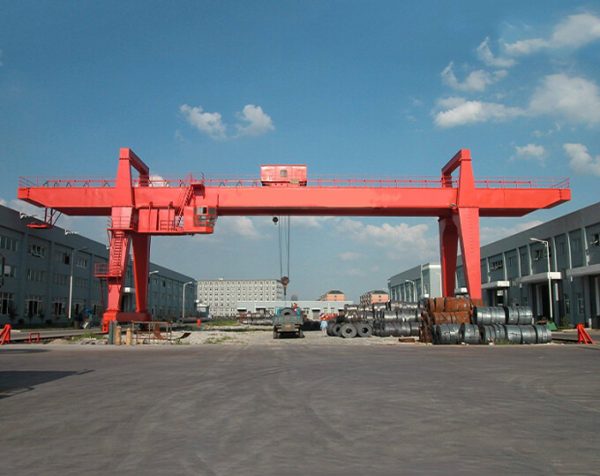
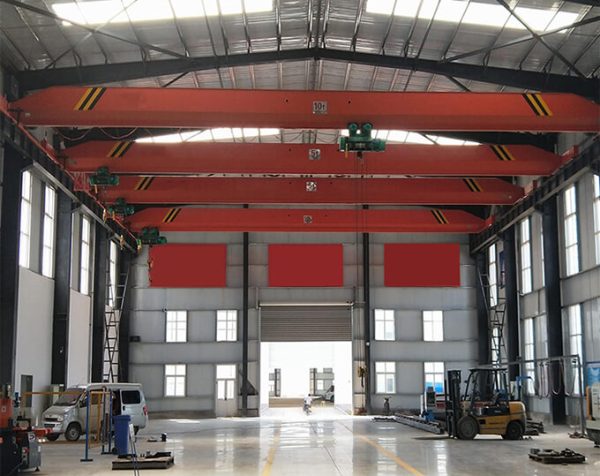
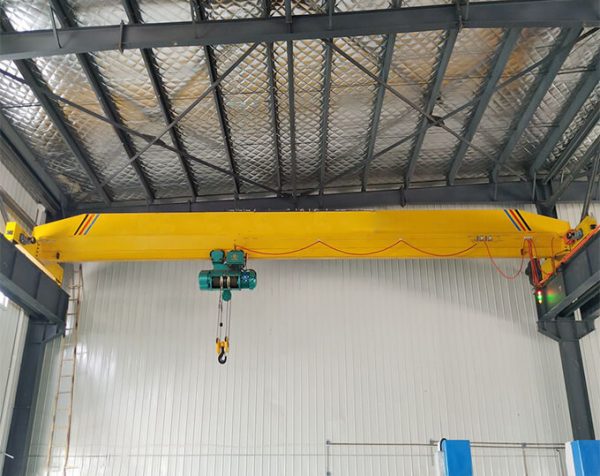
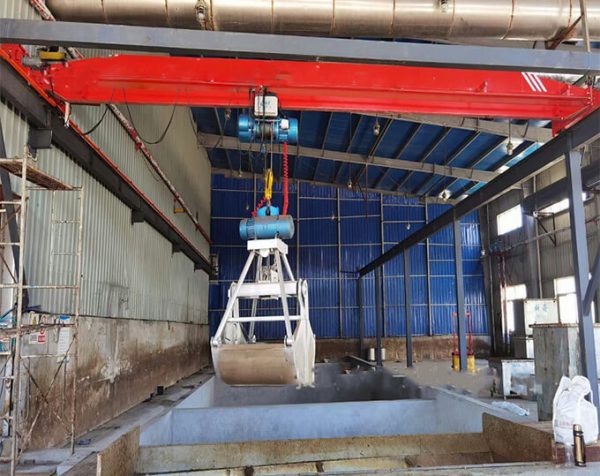
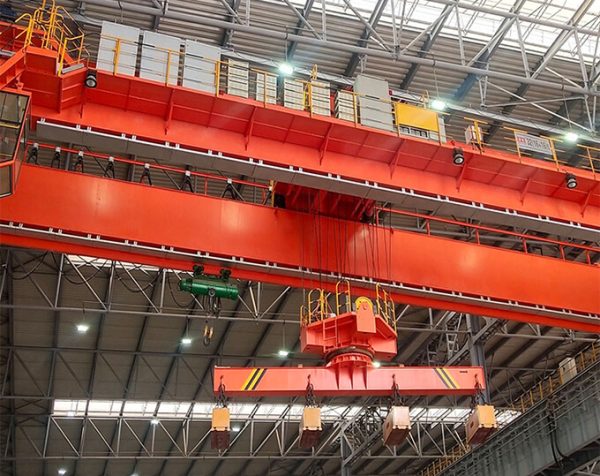
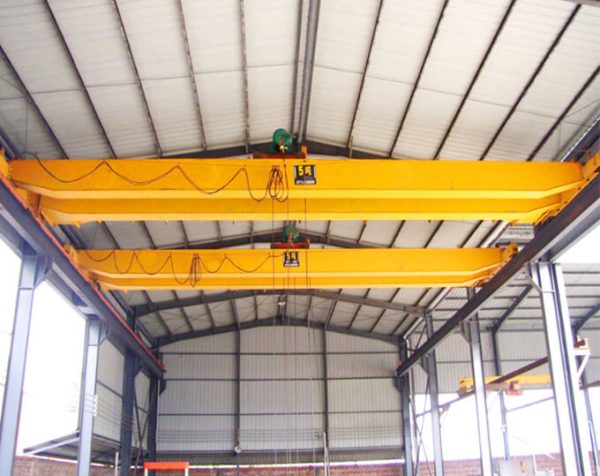
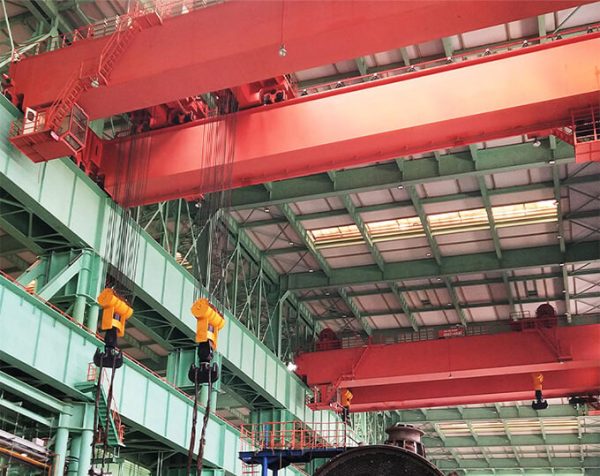
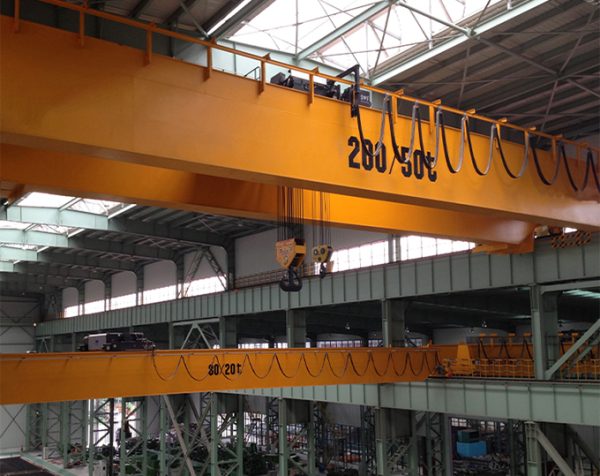


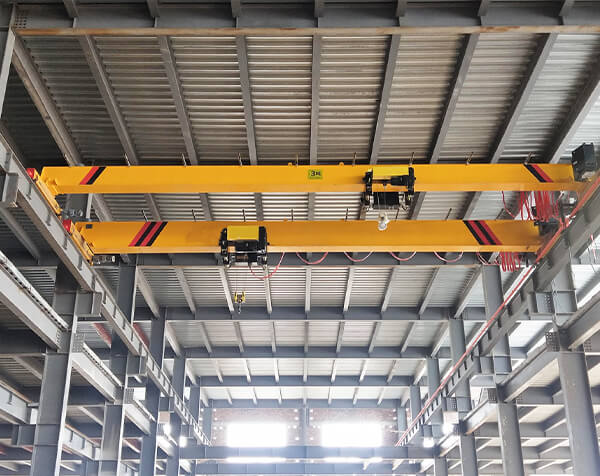
-600x476.jpg)
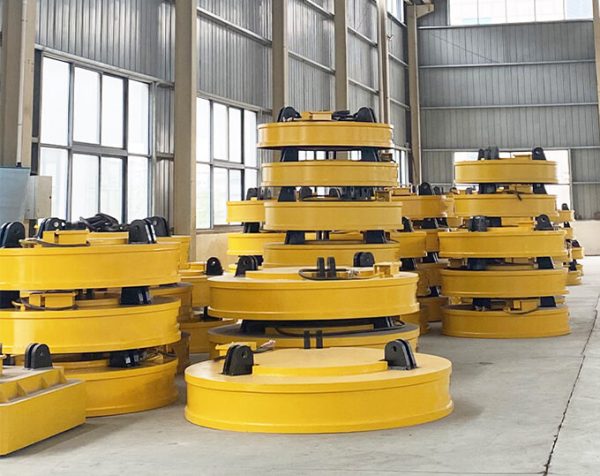
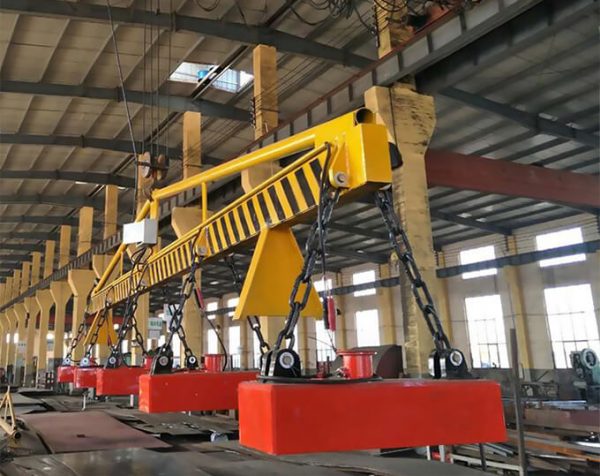
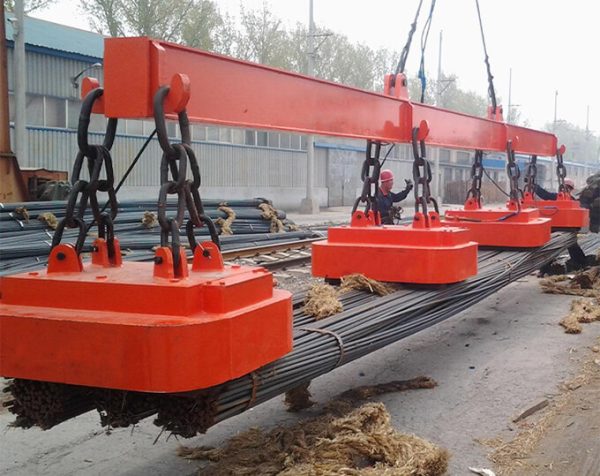
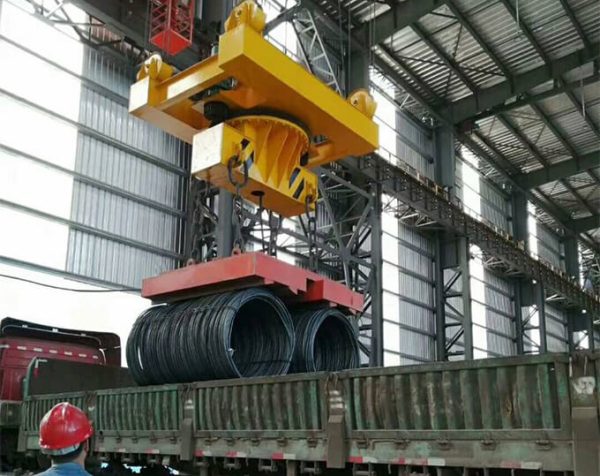
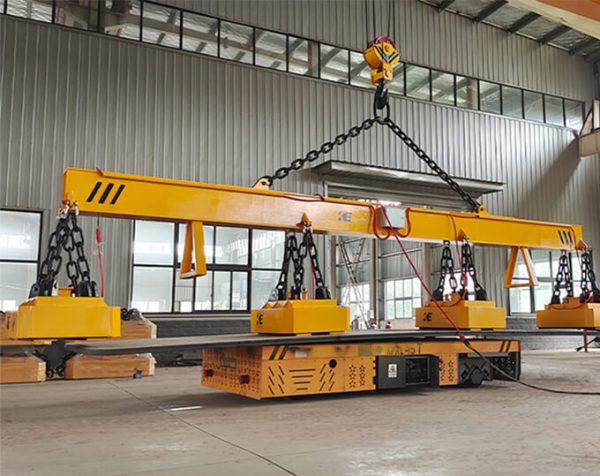
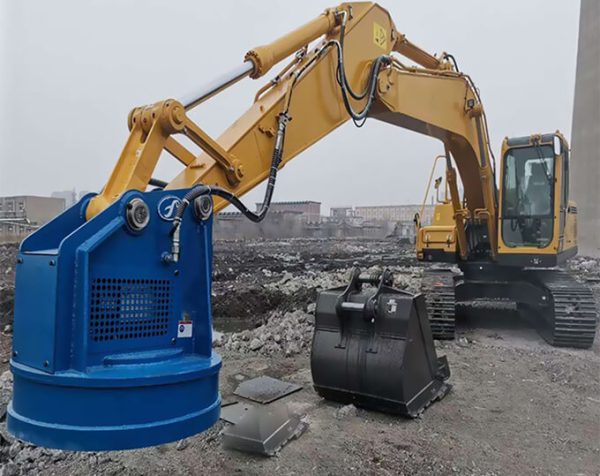
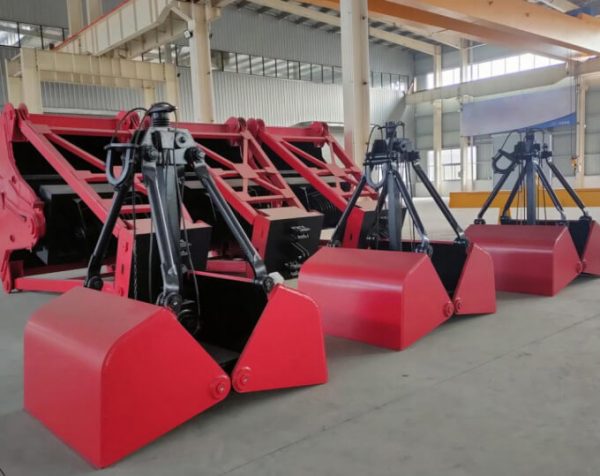
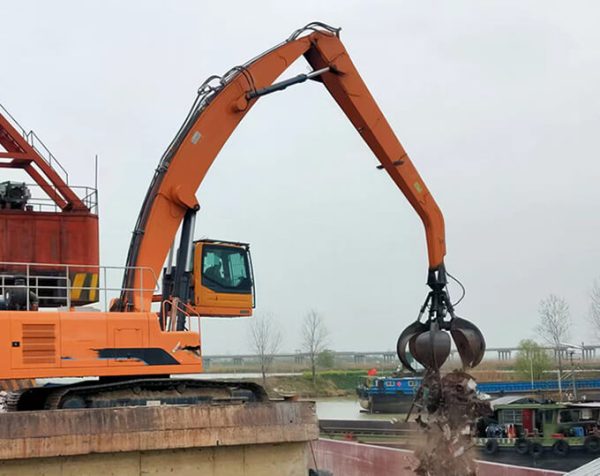
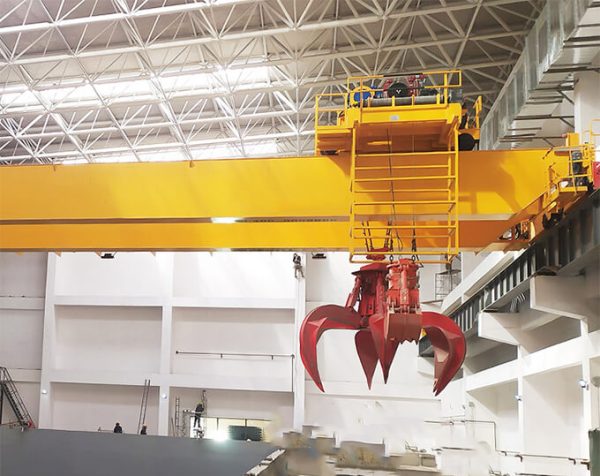
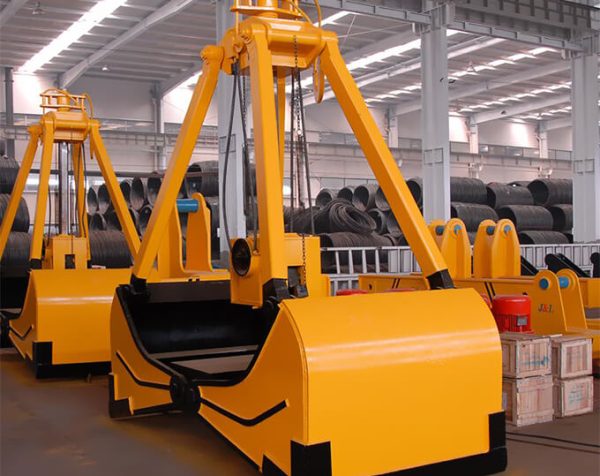
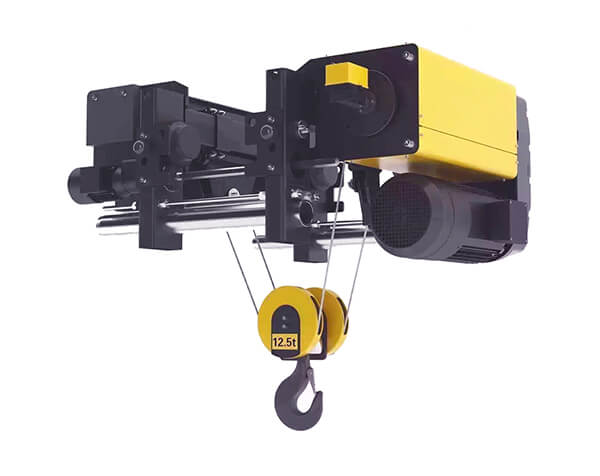
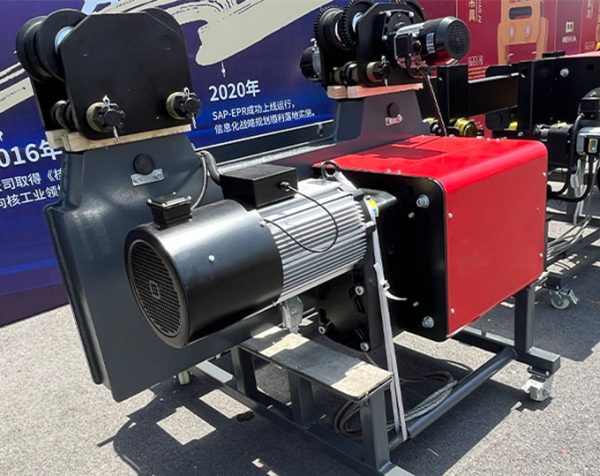
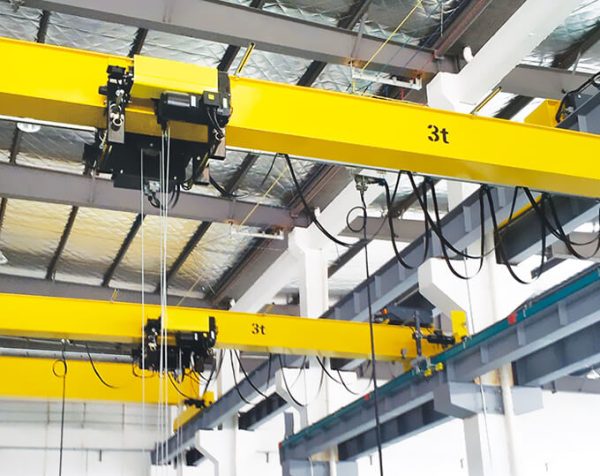
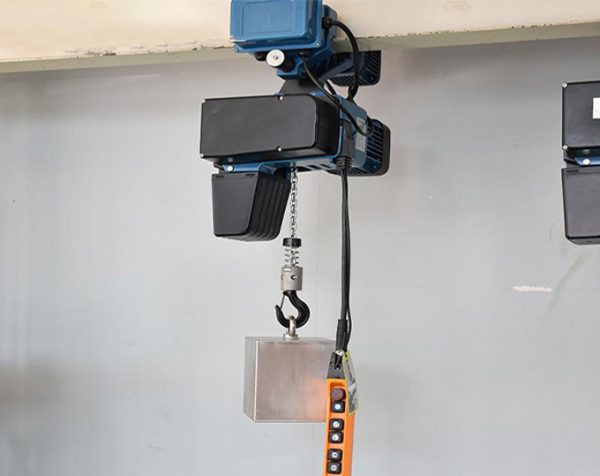
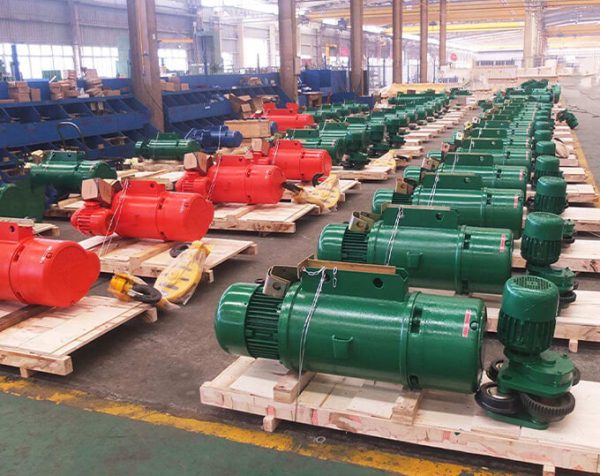
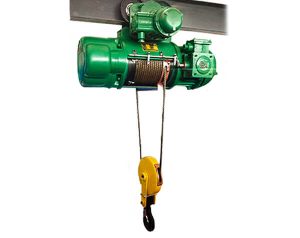


















-600x476.jpg)
















In industrial production and logistics handling, lifting equipment play a vital role. Choosing a equipment that is both safe and efficient will not only improve work efficiency, but also ensure work safety. Before choosing a lifting equipment, there are four things that must be understood.
1.Clarify the lifting goods
First of all, it is necessary to have a clear understanding of what the items need to be lifted. The weight, volume, shape, material, and whether there are special requirements will have a direct impact on the choice of spreader. For example, for fragile or special materials, you may need to choose a softer, more stable spreader.
2.Consider the lifting environment
Whether the lifting environment is indoor or outdoor is also an important factor in choosing a spreader. The indoor environment is usually more stable, and more diverse spreaders can be selected; The outdoor environment may face challenges such as wind and rain, high temperatures, and low temperatures, so it is necessary to choose a more durable and adaptable spreader.
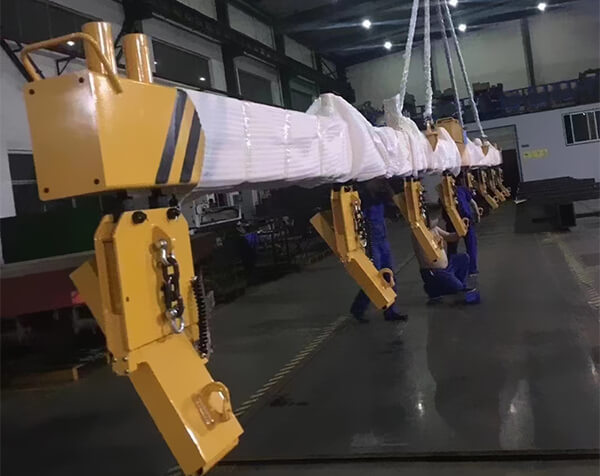
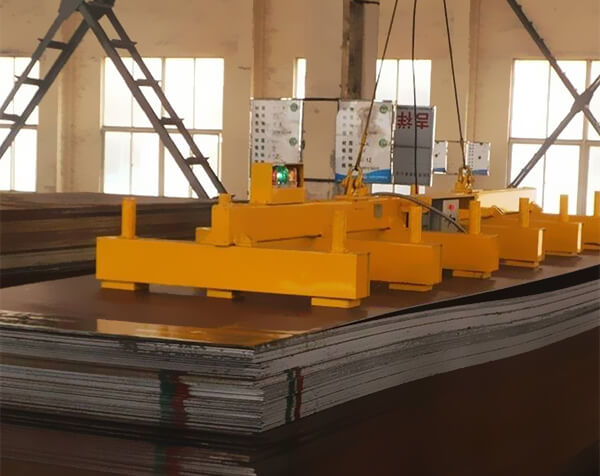
3.Evaluate the frequency of lifting and budget procurement funds
Lifting frequency is also a consideration that should not be overlooked. If the lifting work is frequent, it is necessary to choose a spreader with high durability and low maintenance costs. On the contrary, if the lifting frequency is low, the cost factor can be properly considered and the more cost-effective product can be selected. Of course, the budget for procurement funds is the most practical problem when choosing a spreader. According to their own financial situation, make a reasonable budget, and choose a spreader that meets both the budget requirements and the needs of the work.
Lifting capacity:
The lifting capacity of the electric wire rope hoist ranges from 2 tons to 50 tons
It is conceptually different from the traditional European cranes. It is widely used in various industries due to its small footprint, overall dexterity, low failure rate, easy maintenance, safe operation, advanced technology, maintenance-free, and high work continuity.
Scrap plants play an important role in the processing and recycling of waste materials, and choosing the right crane is key to ensuring efficient

